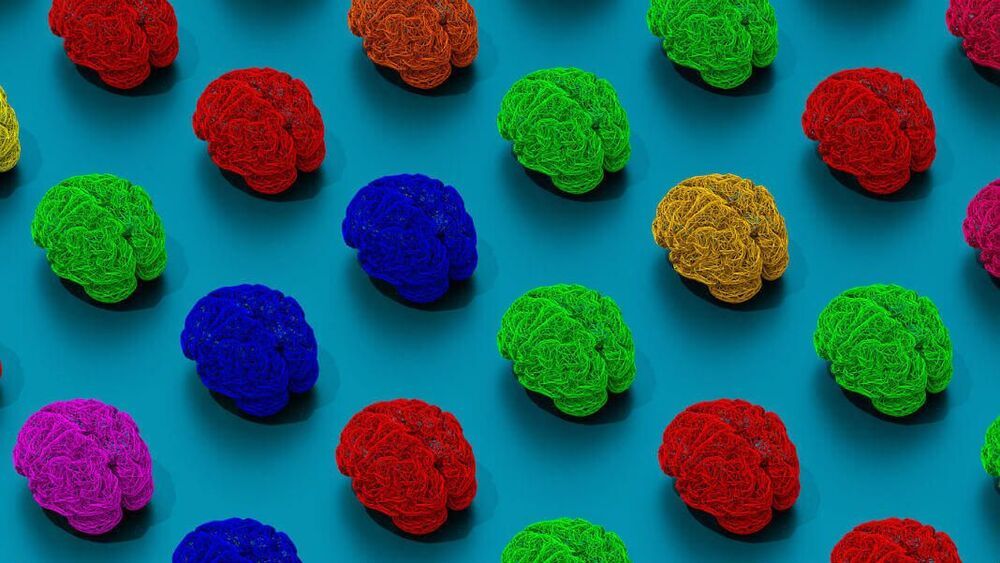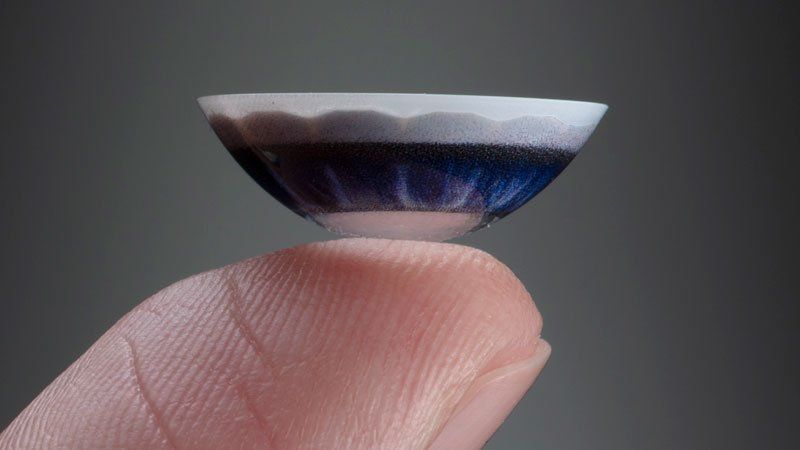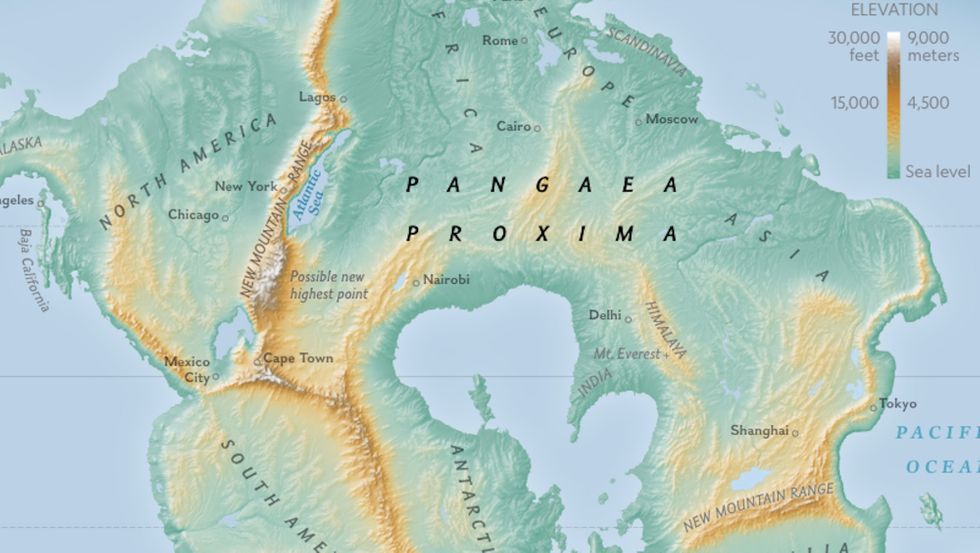Circa 2014 o.o
Scientists in Florida have developed process to create methane using aerobic digester.


The result was a bizarre, Lego-like human tissue that replicates the basic circuits behind how we decide to move. Without external prompting, when churned together like ice cream, the three ingredients physically linked up into a fully functional circuit. The 3D mini-brain, through the information highway formed by the artificial spinal cord, was able to make the lab-grown muscle twitch on demand.
In other words, if you think isolated mini-brains—known formally as brain organoids—floating in a jar is creepy, upgrade your nightmares. The next big thing in probing the brain is assembloids—free-floating brain circuits—that now combine brain tissue with an external output.
The end goal isn’t to freak people out. Rather, it’s to recapitulate our nervous system, from input to output, inside the controlled environment of a Petri dish. An autonomous, living brain-spinal cord-muscle entity is an invaluable model for figuring out how our own brains direct the intricate muscle movements that allow us stay upright, walk, or type on a keyboard.

The automaker is doggedly sticking with the clean fuel that has taken a backseat to batteries. The hydrogen-generation station at the Long Beach port, the first that’s megawatt-scale and 100% renewable, will fuel arriving Toyota Mirai sedans and its Project Portal semi.

This last year has been not been one for the social calendar. It has left us all feeling more and more isolated with lockdown after lockdown and restricted travel options globally. It is something we need to actively work to overcome, for our own sakes and for those around us, it is as detrimental to our long term health as smoking, obesity or having an alcohol disorder. It increases the risk of many health conditions, and even alters gene expressions. If you want to know even more detail I break it down in this new video, and look out for those who are having a rougher time, pay it forward. Make this world a place you want to live in…
In Loneliness As Deadly As Smoking-How It Impacts Your Health & Longevity I will be talking about how social isolation, something becoming more and more apparent in many countries and cities across the globe, is a serious threat to health and longevity.
It’s effects on mental and physical health are amongst the most serious threats we face and as such it needs to be taken seriously. The studies I mention are linked below.
To see the video on the mother of all diseases, aging, follow this link:
And leave your thoughts, questions and suggestions for future topics in the comments.

Using the Atacama Large Millimeter/submillimeter Array (ALMA) in Chile, an international team of astronomers has performed observations of HSC J120505.09−000027.9—the most distant red quasar so far detected and found that it showcases an extended emission of ionized carbon. The finding is reported in a paper published January 4 on arXiv.org.
Quasars, or quasi–stellar objects (QSOs), are extremely luminous active galactic nuclei (AGN) containing supermassive central black holes with accretion disks. Their redshifts are measured from the strong spectral lines that dominate their visible and ultraviolet spectra. Some QSOs are dust-reddened, hence dubbed red quasars. These objects have a non-negligible amount of dust extinction, but are not completely obscured.
Astronomers are especially interested in studying high-redshift quasars (at redshift higher than 5.0) as they are the most luminous and most distant compact objects in the observable universe. Spectra of such QSOs can be used to estimate the mass of supermassive black holes that constrain the evolution and formation models of quasars. Therefore, high-redshift quasars could serve as a powerful tool to probe the early universe.

A new study, led by a theoretical physicist at the U.S. Department of Energy’s Lawrence Berkeley National Laboratory (Berkeley Lab), suggests that never-before-observed particles called axions may be the source of unexplained, high-energy X-ray emissions surrounding a group of neutron stars.
First theorized in the 1970s as part of a solution to a fundamental particle physics problem, axions are expected to be produced at the core of stars, and to convert into particles of light, called photons, in the presence of a magnetic field.
Axions may also make up dark matter —the mysterious stuff that accounts for an estimated 85 percent of the total mass of the universe, yet we have so far only seen its gravitational effects on ordinary matter. Even if the X-ray excess turns out not to be axions or dark matter, it could still reveal new physics.

